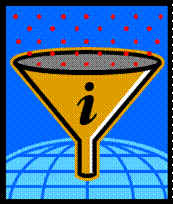

There are 2 purposes to the introduction:
1.To get the reader’s attention (hook)
2.To introduce the topic (thesis statement)
Guidelines:
1. Be relevant to the topic
2. Do not give details about the topic.
3. Have at least 2 sentences before thesis statement.
4. Thesis statement comes at the end of the paragraph.
Types of Introductions
—— Short story
—— Historical information
—— A thoughtful question
Introductions are written with generalinformation at the beginning and moves to specific information at the end (thesis statement).
Called a “funnel” 
Part 1: Introduction
Thesis Statement
——Like a topic sentence:
——Topic
——Controlling idea
Thesis Statement
It may have a “predictor” which gives the reader how many paragraphs will be in the body.
Ex: Losing the sense of taste can cause problems in a person’s social, professional, and family life.
How many paragraphs in the body?
Three
This is the “meat” of the essay.
—— Each paragraph is about one of the ideas you referred to in your thesis statement.
—— Give examples and details to support your thesis statement.
—— Each paragraph may begin with a transition (First, The next example…, The final reason…).
Every conclusion should have the following:
1. A conclusion to let the reader know it’s the end (In conclusion, To summarize, All in all,)
“Finally” is not used to introduce the conclusion.
It is used for the last paragraph in the body.
A conclusion should also have:
2. A summary of the main points from the body.
Or restate the thesis statement in different words. (Both are OK, too.)
3. A final thought: prediction, recommendation, or an opinion about the topic.
Материалы на данной страницы взяты из открытых источников либо размещены пользователем в соответствии с договором-офертой сайта. Вы можете сообщить о нарушении.